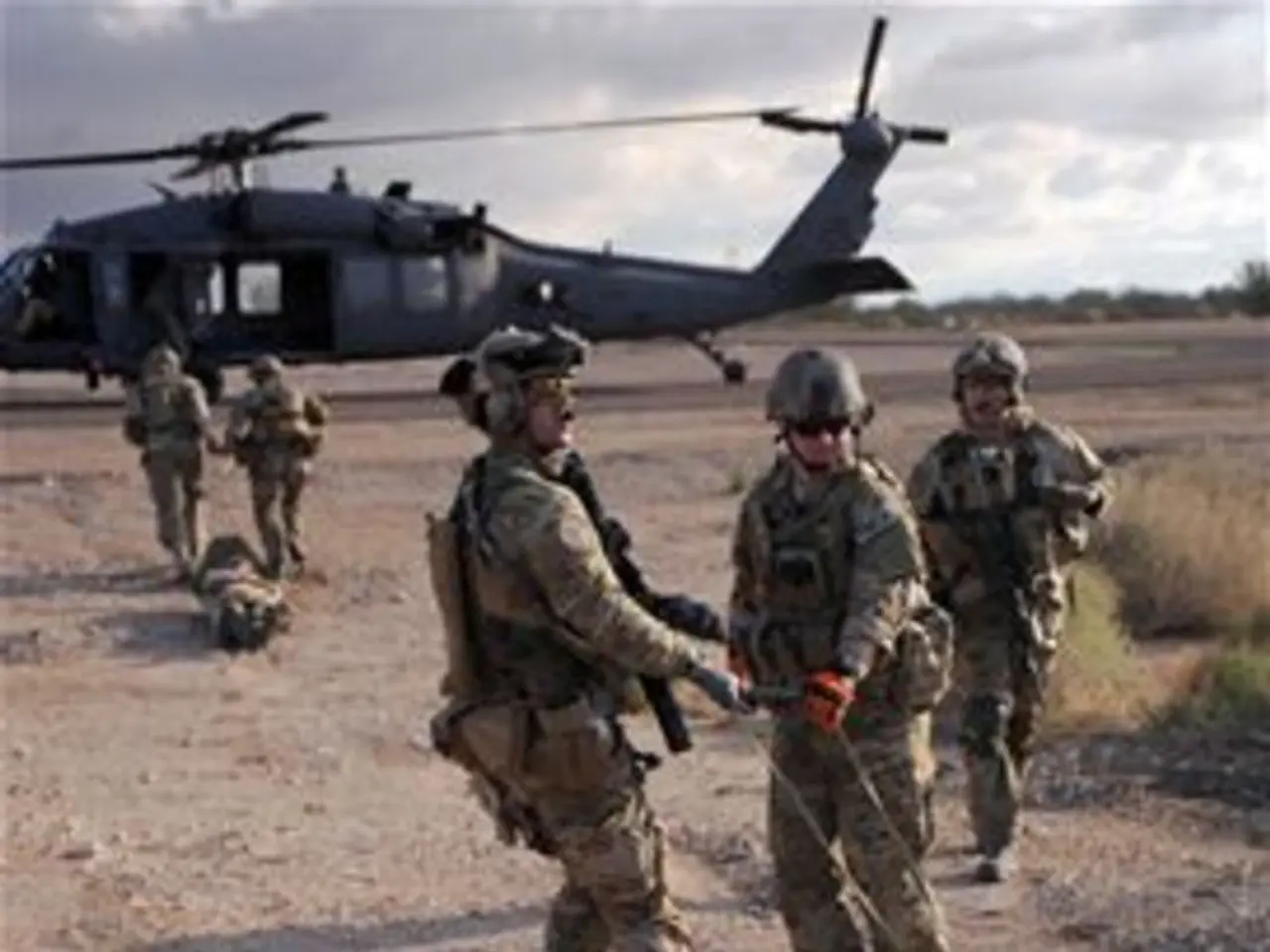Deadly Consequences of High-Risk Activities: Examining the True Risk Level
==========================================
In the world of extreme sports, adrenaline seekers push themselves to the limits, often facing life-threatening risks. A recent study revealed that between 2000 and 2011, sports such as skiing, skateboarding, snowboarding, motocross, and surfing resulted in a combined total of over 450,000 head and neck injuries.
The X-Games, credited with popularising extreme sports, have also seen their fair share of accidents. Tragically, snowmobiler Caleb Moore died a week after failing to cleanly land a backflip during the Best Trick competition at Winter X Games 17 in 2013. Another athlete, motocross rider Jeremy Lusk, was rushed off to the hospital with life-threatening injuries during the 2009 X-Games, yet the event continued as planned.
Despite the risks, advances in technology have made sports like hang gliding, skiing, skydiving, and motocross safer than ever before. Foam pits and other safety measures have made practicing more risky tricks much safer for athletes. However, safety remains surprisingly optional in some instances, particularly in the X-Games, where skateboarders can opt to go helmet-free, resulting in gnarly injuries.
When it comes to the most lethal extreme sports based on fatality rates, BASE jumping stands out as the single most dangerous. With an estimated death rate of about 1 in every 60 jumps since record-keeping began in 1981, there have been nearly 450 deaths recorded. This extreme danger stems from jumping off fixed objects such as buildings, antennae, spans (bridges), and earth (cliffs) where parachute deployment is critical and often risky.
High-altitude mountaineering, especially climbing peaks above 8,000 meters (in the "death zone"), has fatality rates around 1-2%. The extreme altitude, harsh weather, and physical demands contribute heavily to these risks.
Wingsuit flying is also cited among the most dangerous sports, often compared with BASE jumping due to the high fatality risks when flying close to terrain.
Skiing, mountainous outdoor activities such as hiking, alpinism, and paragliding, particularly in the Alps, also contribute to fatalities often related to falls and weather conditions.
In summary, BASE jumping stands out as the single most lethal extreme sport by fatality rate, followed closely by high-altitude climbing and wingsuit flying, with skiing and mountainous outdoor activities also carrying significant risks. Despite the dangers, the allure of extreme sports continues to draw thrill-seekers from around the world.
References:
- National Ski Areas Association
- Parachuting.org
- BASEjumping.org
- Alpine Rescue
- Extreme Sports League
- Orthopaedic Journal of Sports Medicine
In the midst of the extreme sports scene, blog posts revolving around sports-analysis may highlight the risks associated with sports like BASE jumping, high-altitude mountaineering, and wingsuit flying, considering their high fatality rates. Conversely, a casino blog might discuss the adrenaline rush derived from sports-themed slot games, offering a safer alternative for those seeking thrill.







